As a followup to The Shelby-Gyronaut Connections: Cobra Engines and the First GT350 Rear Spoilers, some very strong connections to Vince Gardner have surfaced. First, in looking closer at the man working on Tremulis' rear spoiler, there is little doubt that he is indeed the master craftsman, Vince Gardner:
Throughout the 1950's and 1960's, Gardner was responsible for some of the most superbly built custom cars to ever come out of the Detroit area. Below are just four of his more noteable creations. Clockwise from top left: Gardner in his "Vince Gardner Special" built on a 1947 Studebaker platform won "Most Magnificent Custom Roadster" at the Oakland National Roadster Show in 1950; Vince Gardner with Walt Woron and Ford's Bill Wagner with a model of Gardner's Anglia which won Motor Trend's design contest in 1950, funded by Henry Ford II, the Gardner Vega inspired the development of the Thunderbird; Gardner's two-seater shortened Mustang Fastback concept built at Dearborn Steel Tubing where Gardner worked; and Gardner's modified T'Bird, the "Italien", built in 1963 while he was at Dearborn Steel Tubing. Some of the best customs anywhere!
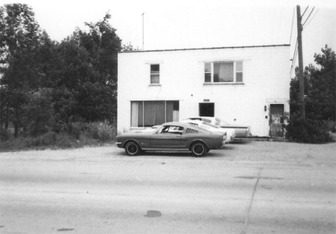
Another newly-found photo from the earlier series of photos places the red Mustang, Tremulis' white 2+2, and an unidentified custom car in front of what must be Vince Gardner's home/workshop.
Below, a closeup of the cars shows a distinctive rear window treatment to the third car.
Any ideas as to which custom this might be?
Below, a closeup of the cars shows a distinctive rear window treatment to the third car.
Any ideas as to which custom this might be?
Then there's the following rendering from Alex Tremulis for a Mustang-based "Coupe De Elegance" by Gardner and Tremulis. It appears that Gardner and Tremulis were planning for a series of hardtop designs for Ford's pony car. The Concours, Biarritz, Monaco and Landau were probably created to attempt to move the Mustang into a little higher price bracket by entering into the luxury car market. It's interesting that Gardner was also looking into the fastback designs as shown by his two-seater above. The illustration is undated so the order in which Gardner and Tremulis intended to build these coupes is speculation at this point, but along with the spoiler and the modified front end of the Mustang, it looks like the two designers were setting their sights squarely on improvements and accessories for the Mustang.
Two new photographs from Alex Tremulis' files now make sense. Surely these must be the top that Gardner and Tremulis built for the convertible Mustang:
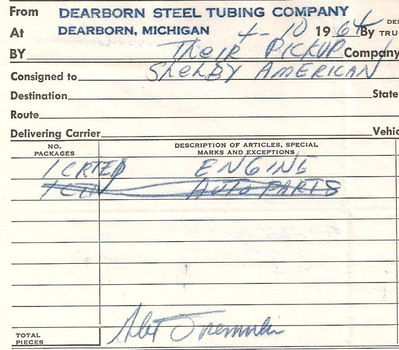
It is pretty clear, though, that the Gyronaut's Shelby engine was delivered to Dearborn Steel Tubing where Vince Gardner built several of his Customs. And shortly after this engine was received, Gardner went to work building the fiberglass body for the Gyronaut that was completed by July of 1964. So another avenue for the Tremulis/Gardner spoiler getting back to Carroll Shelby may also have been through Vince Gardner through his association with Dearborn Steel Tubing. Yet another area to search for further documentation...
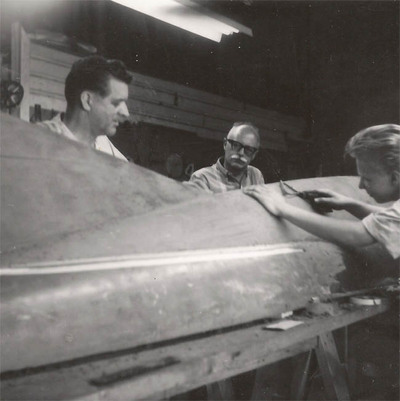
July, 1964 (left to right): Vince Gardner, Alex Tremulis and Bob Mattson working the clay body of the Gyronaut. With only a few weeks to go until Speed Week, it's no wonder that the Bonneville runs would wait until the following year.
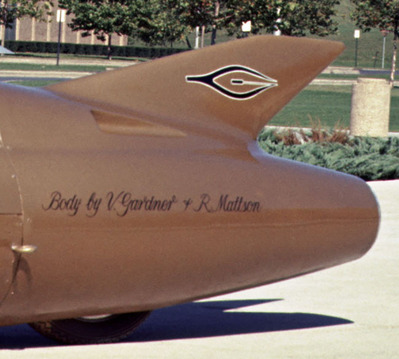
The completed Gyronaut tail end with its first gold paint job in mid-1964. Credit went to Vince Gardner and Robert "Bob" Mattson. In the first photo above, there is a young man in the background. Could it be possible that it's Bob Mattson working with Gardner on the spoiler as well?
Stay updated, as more historical pieces to this puzzle fit together. Be sure to "LIKE" the Gyronaut's Facebook page to get the latest...
Stay updated, as more historical pieces to this puzzle fit together. Be sure to "LIKE" the Gyronaut's Facebook page to get the latest...
Photo credits in the order of their appearance: Auburn-Cord-Duesenberg Newsletter, 1973; Kustorama; Hemmings Motor News; Collectible Automobile; Barrett-Jackson Auctions. All others, copyright The Alex Tremulis Archives.

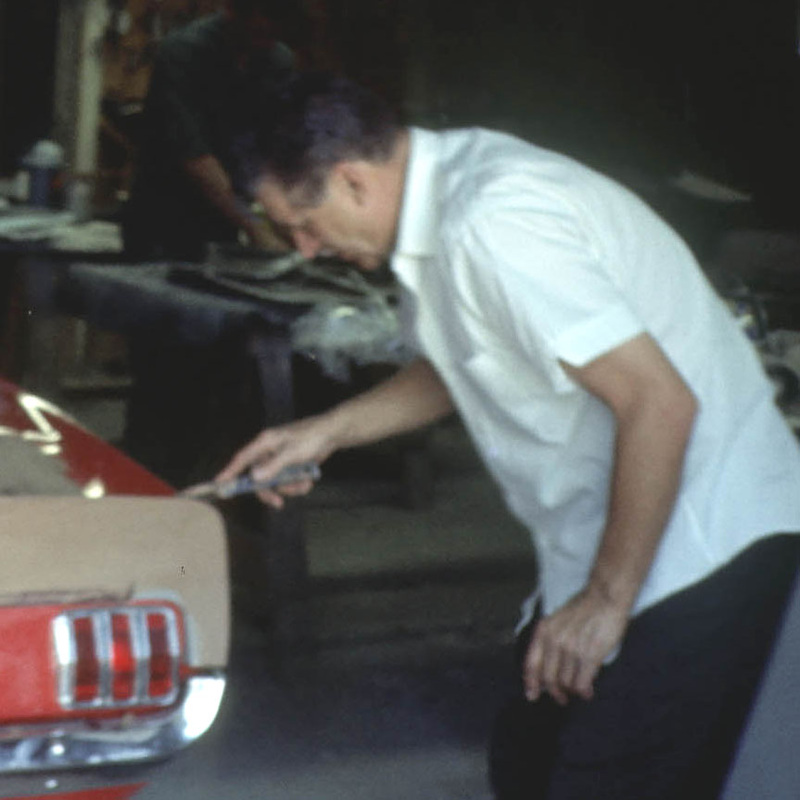
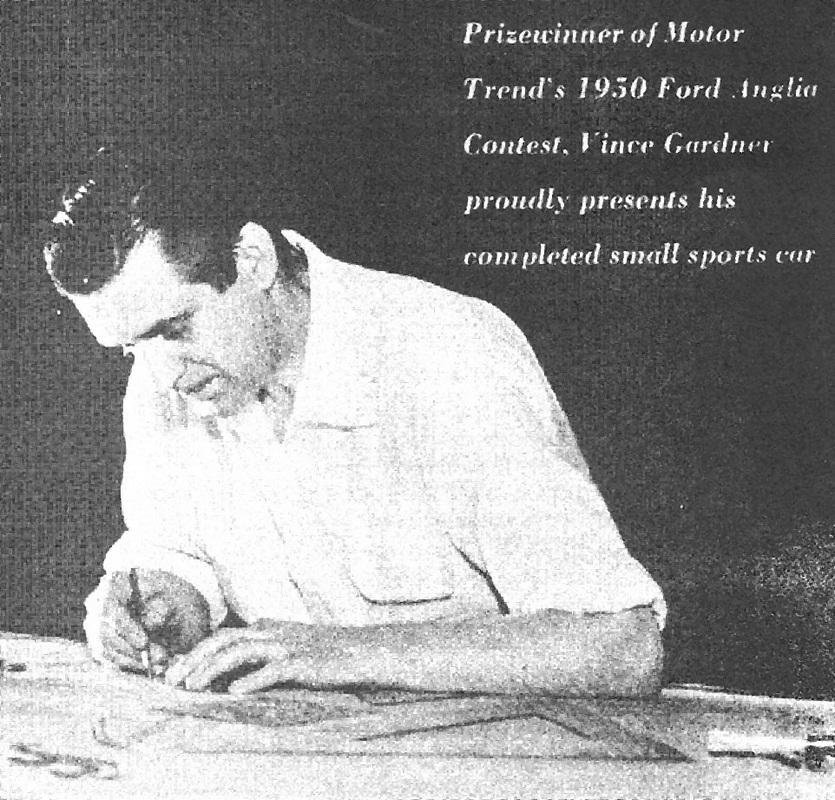
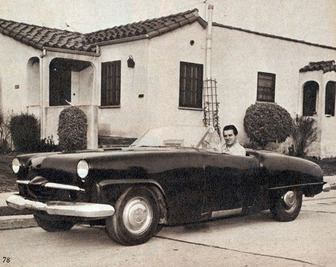
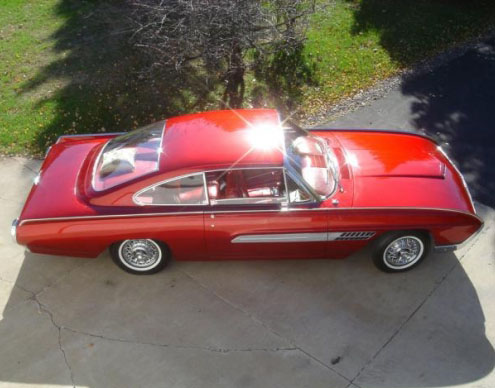
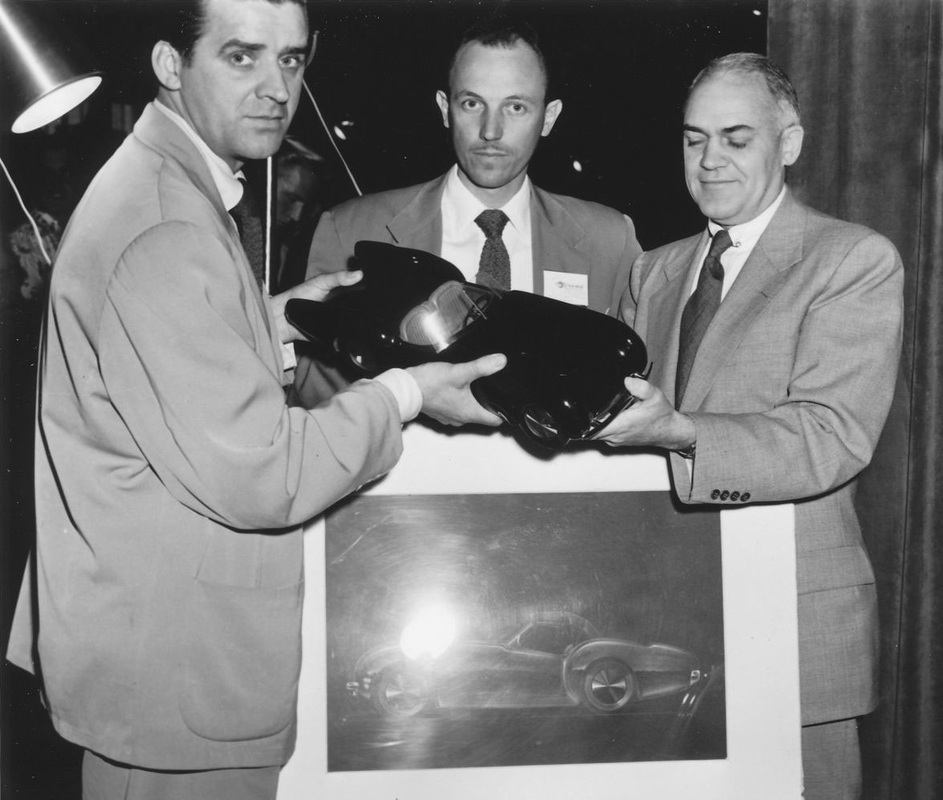
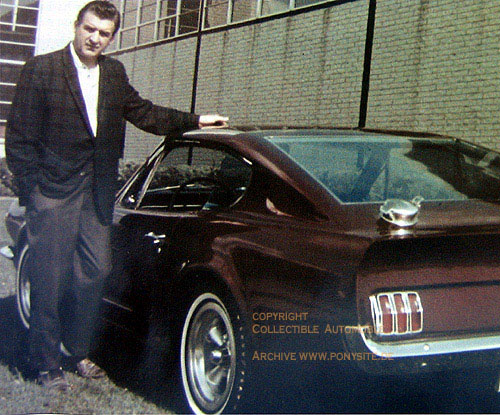
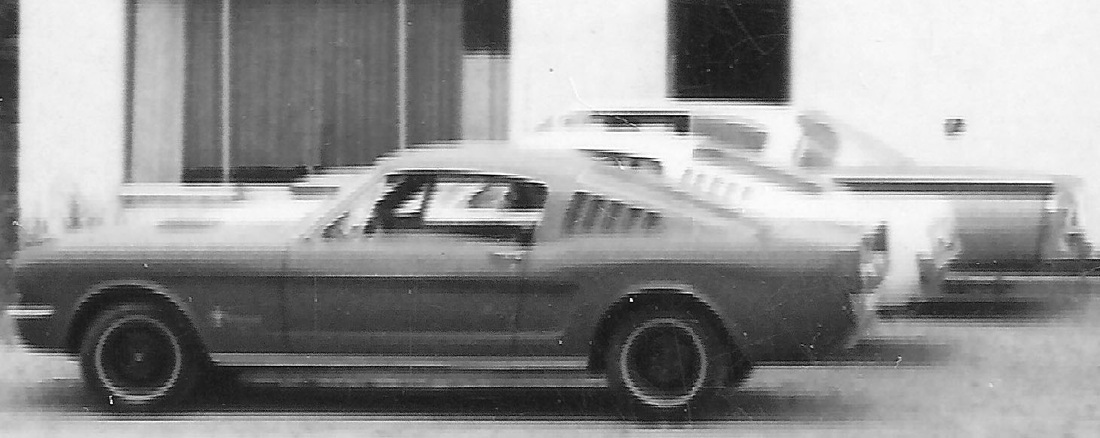
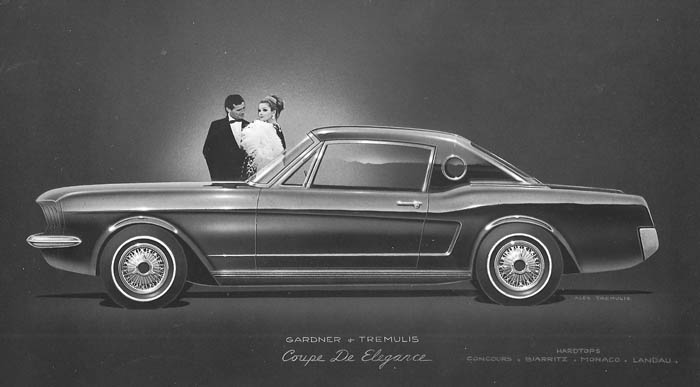
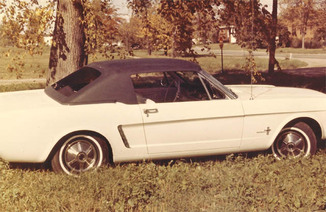
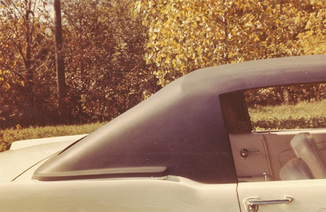
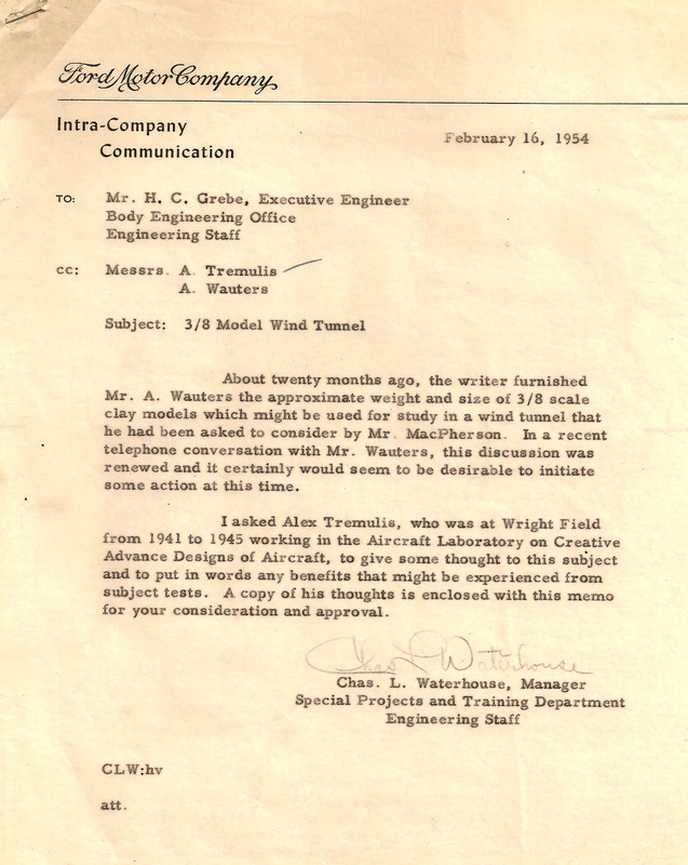
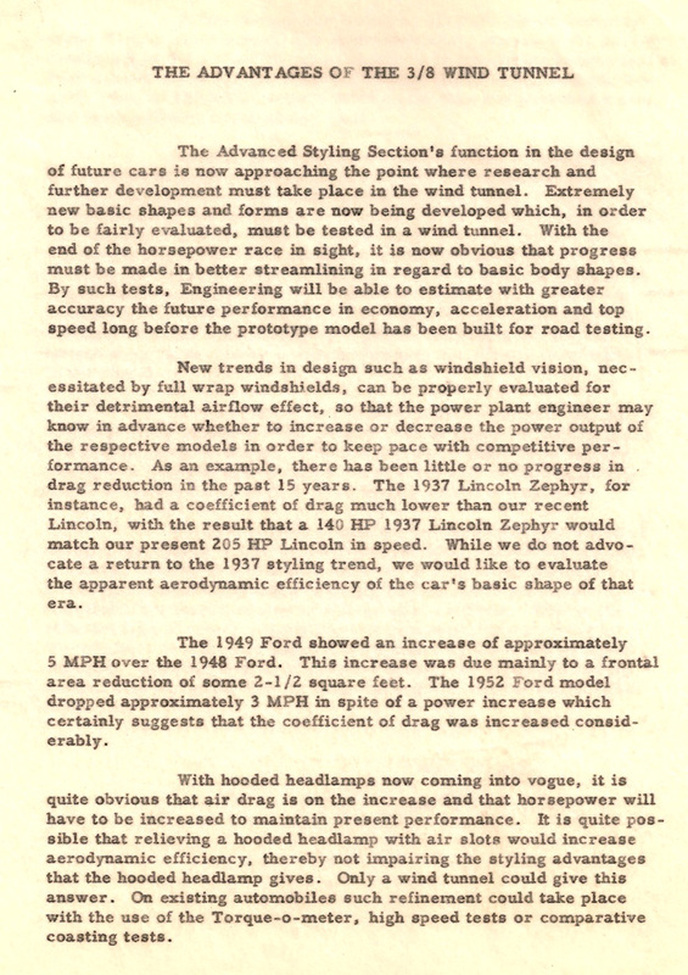
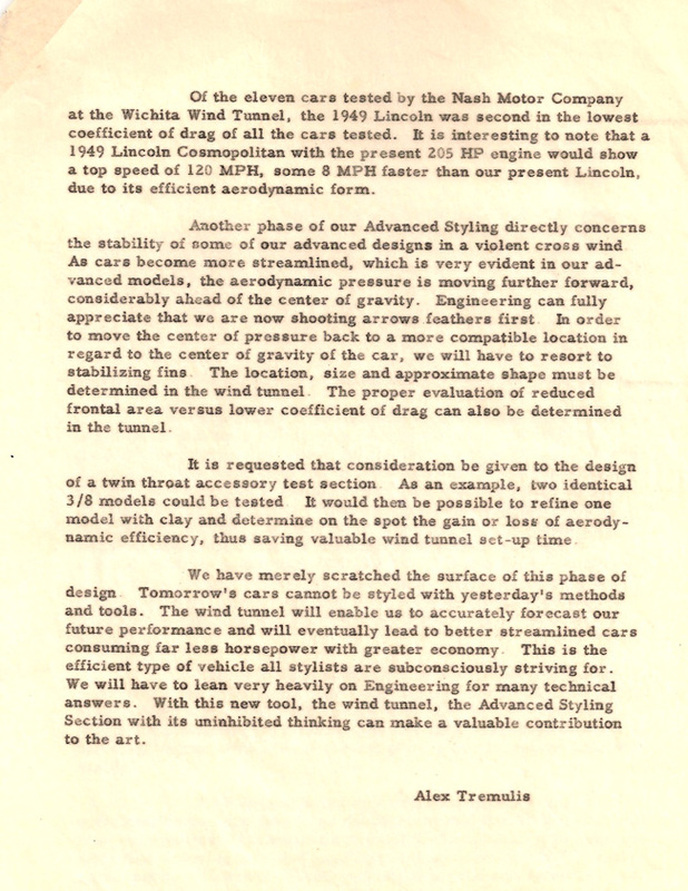
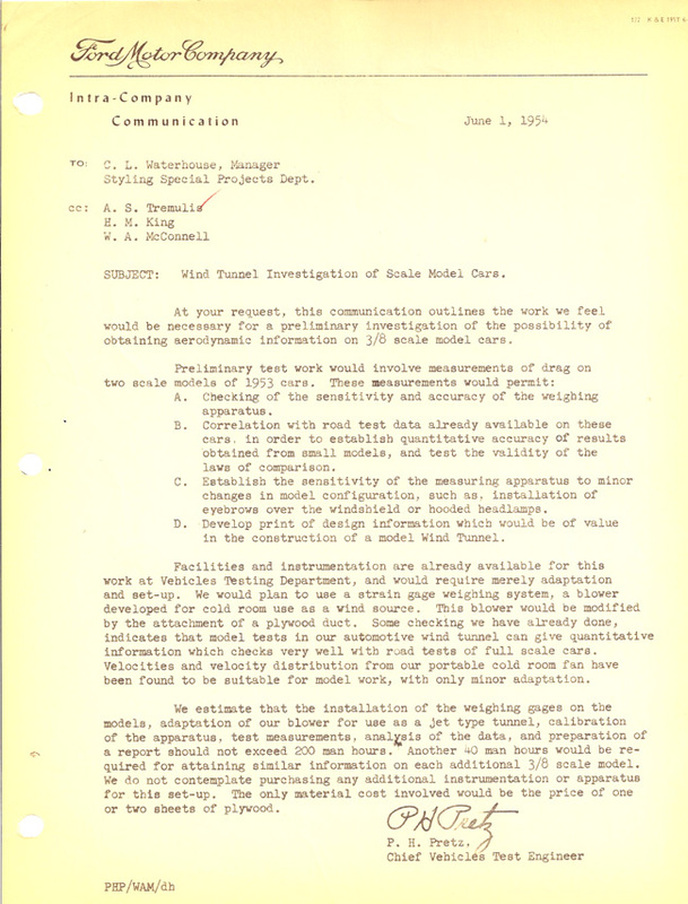
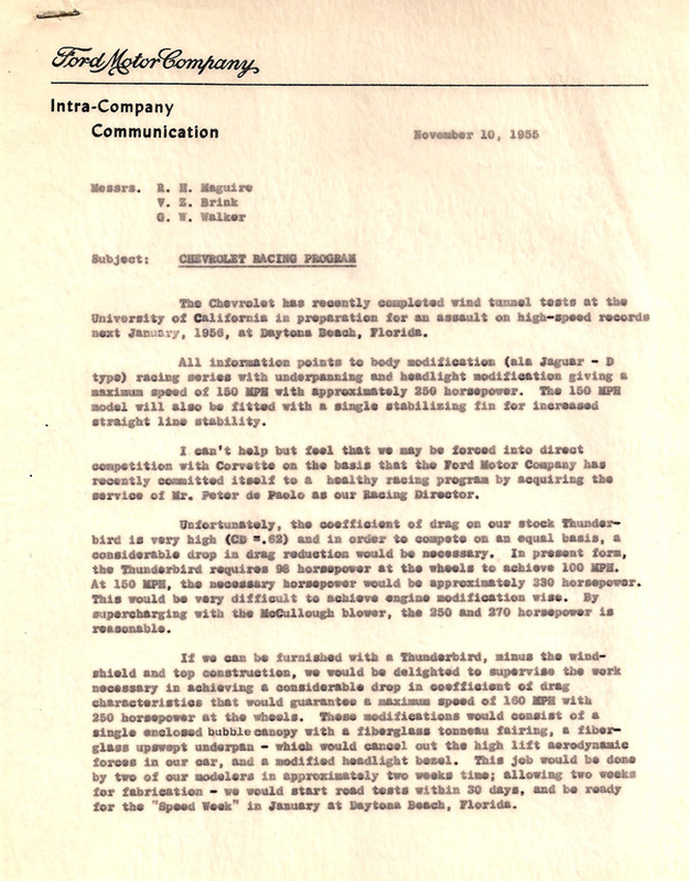
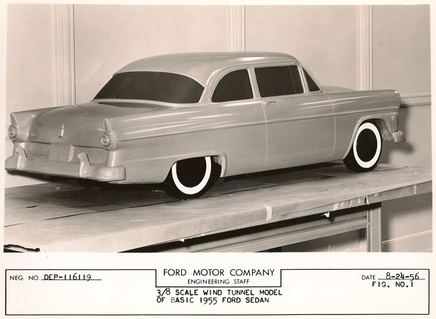
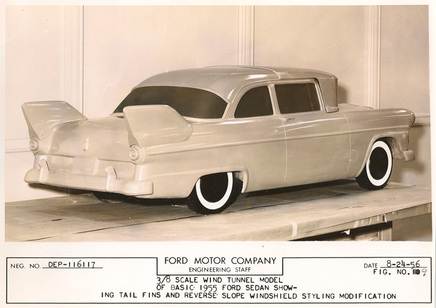
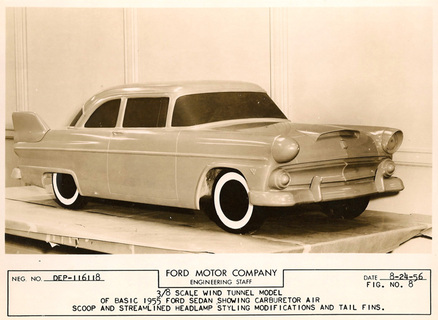
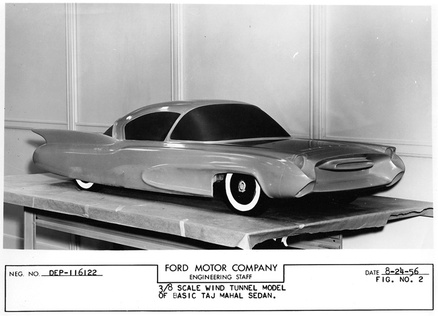
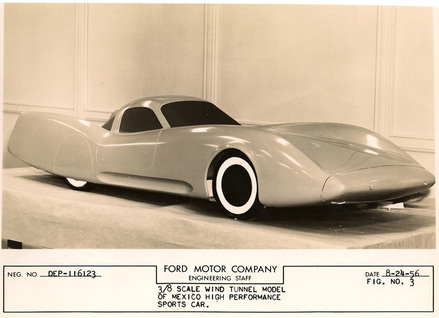
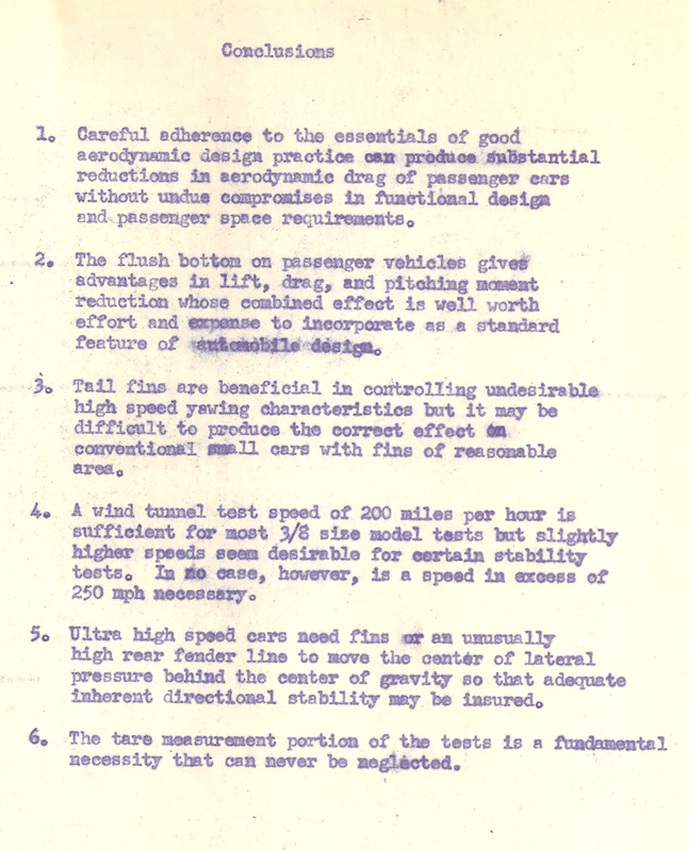
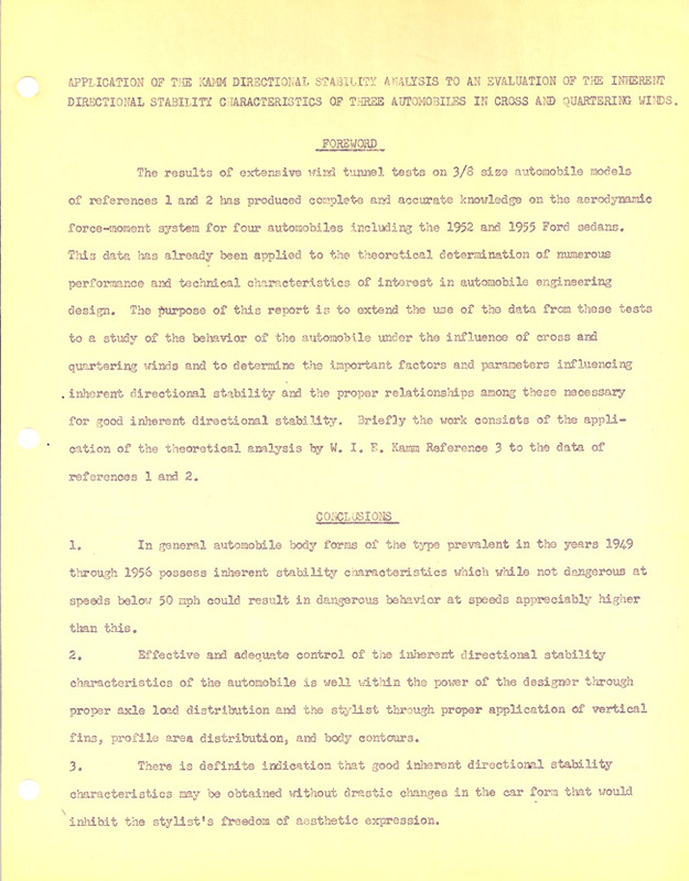
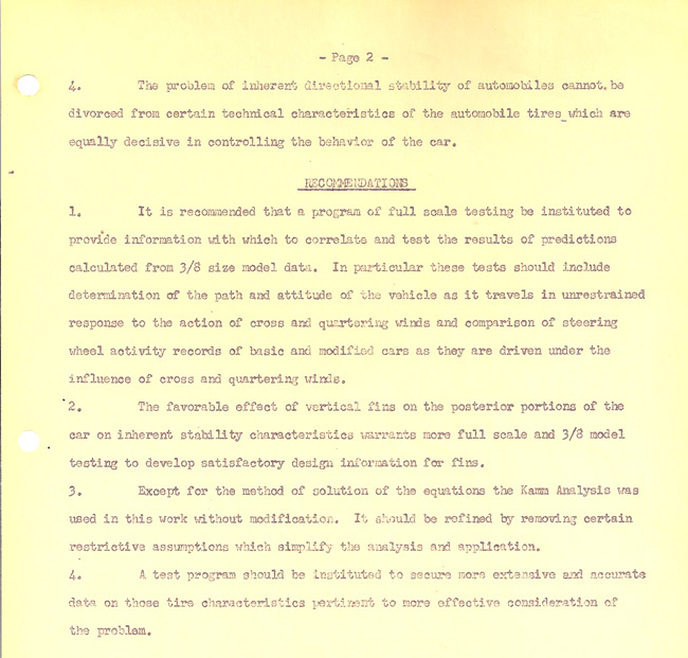
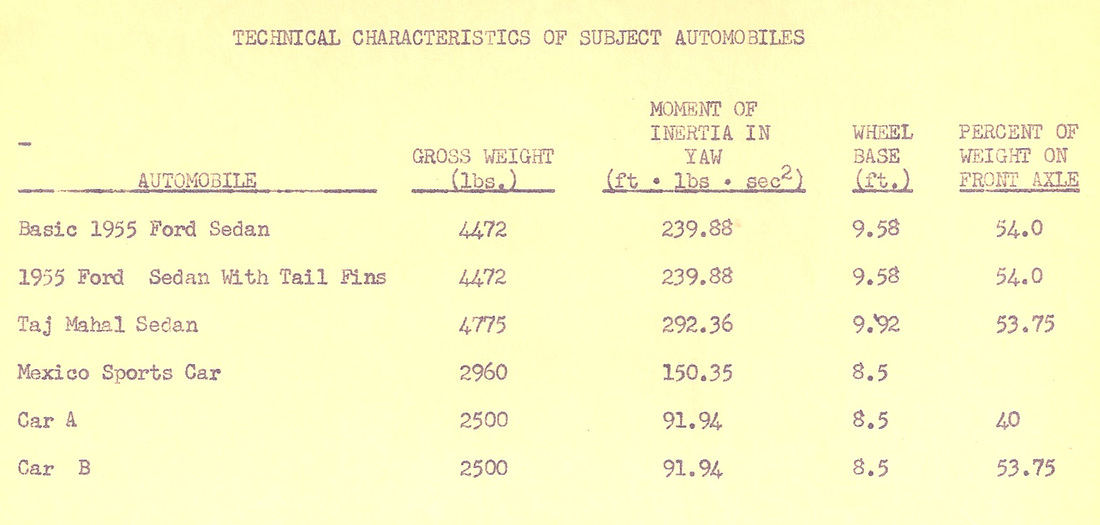
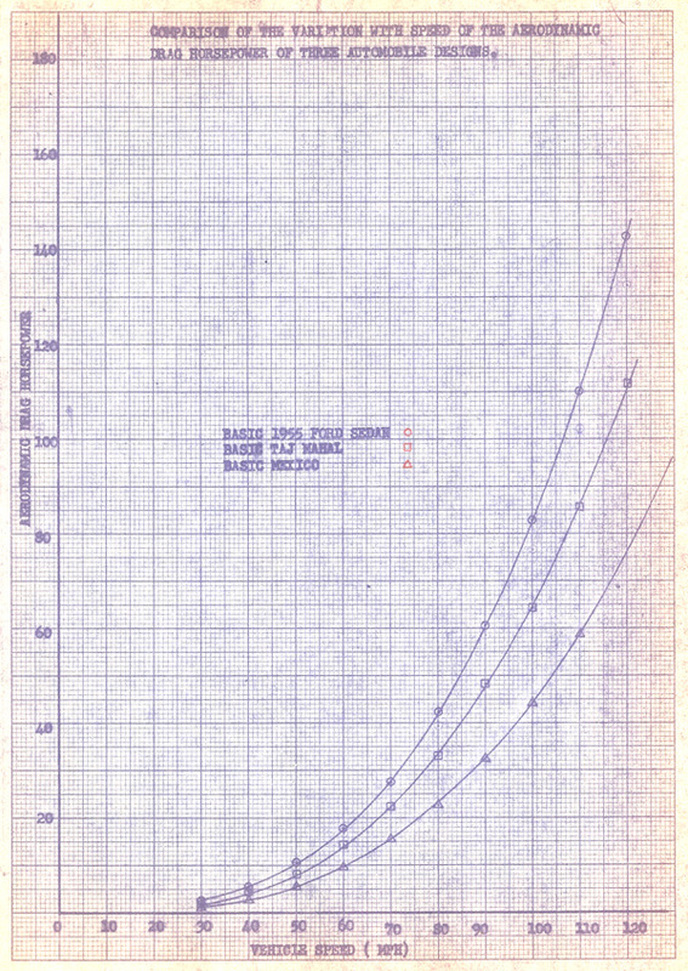
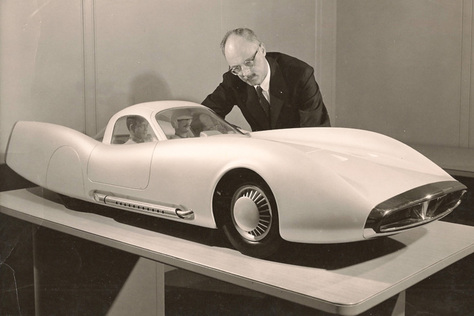
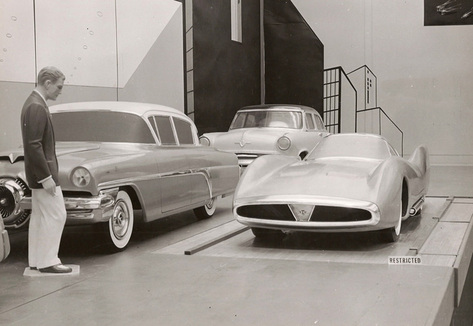
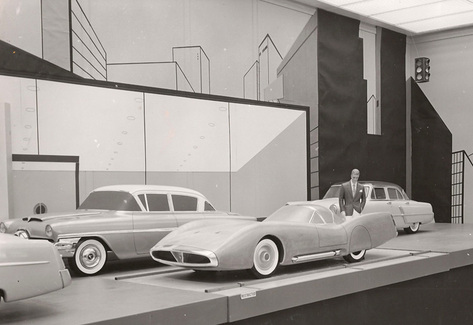
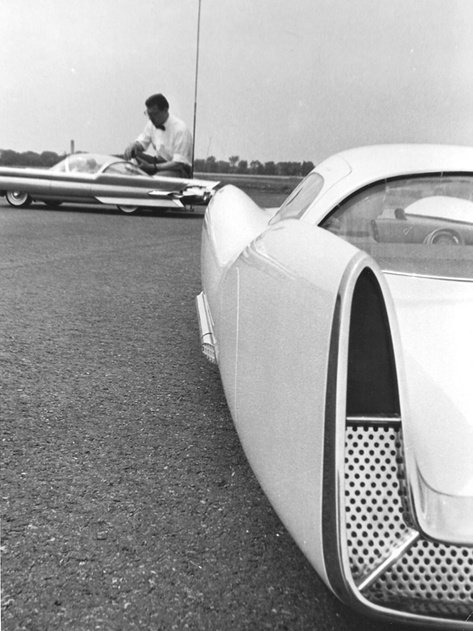
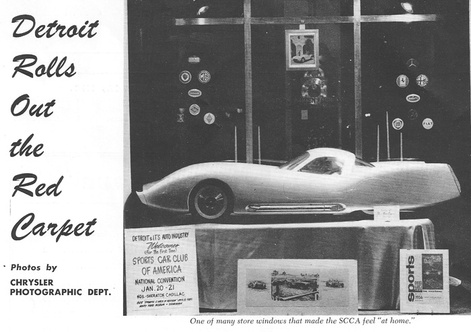
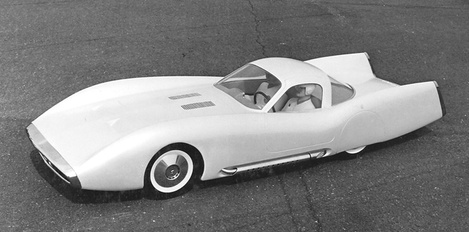
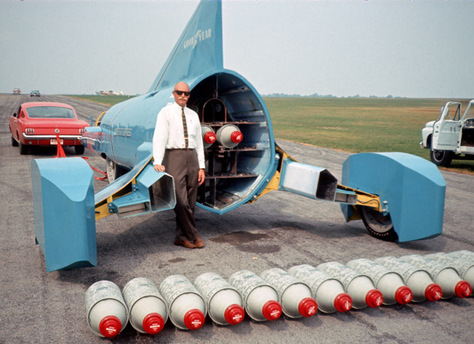
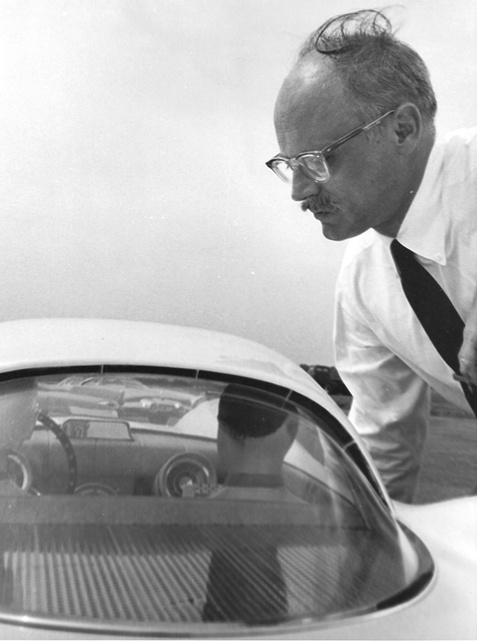
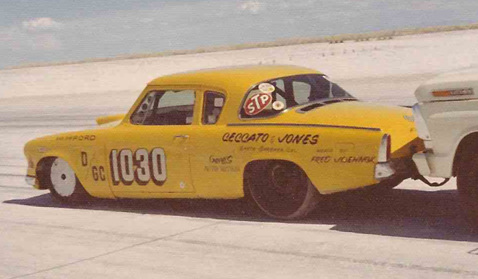
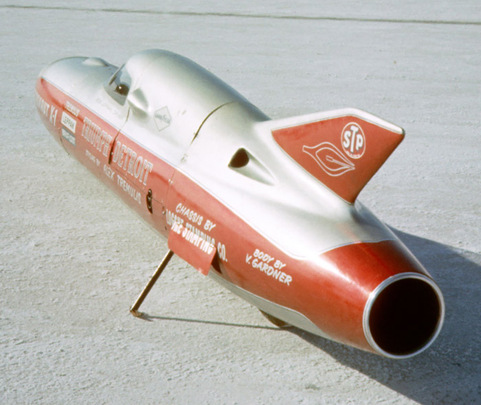
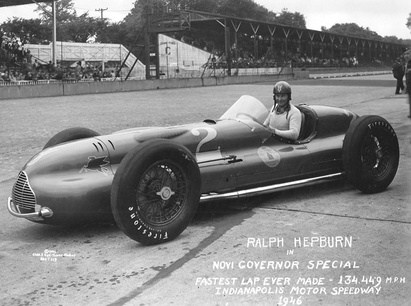
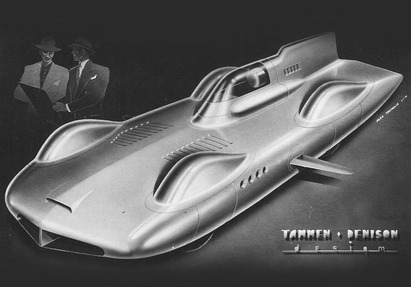
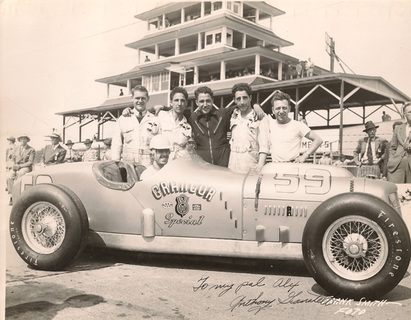
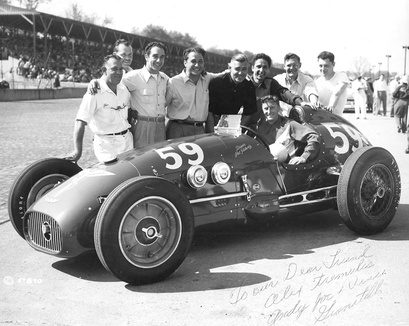
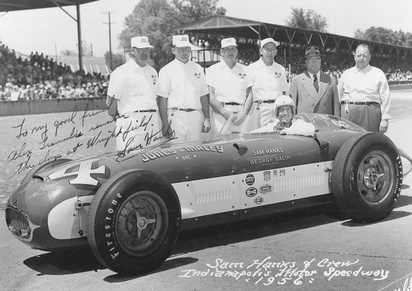

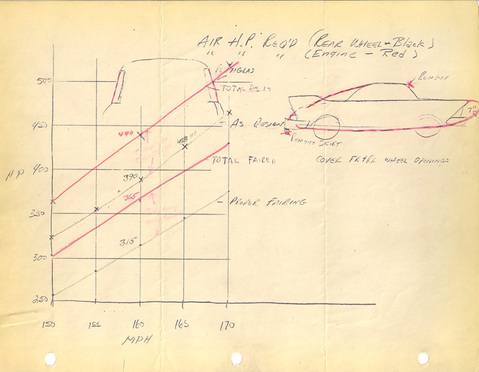
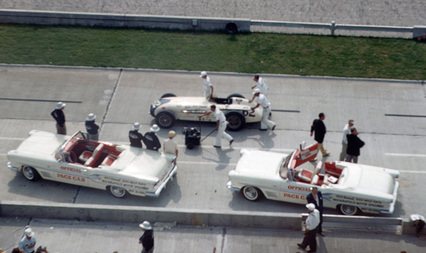

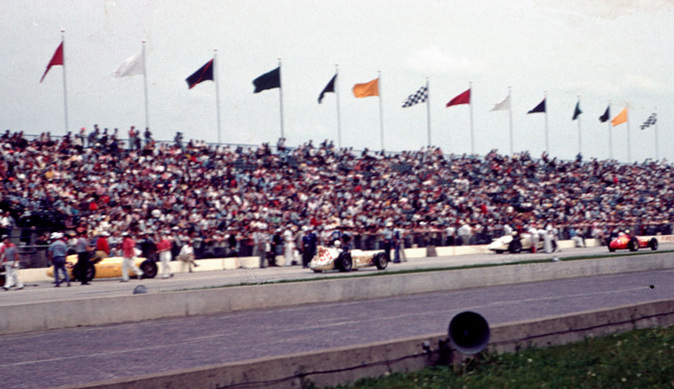
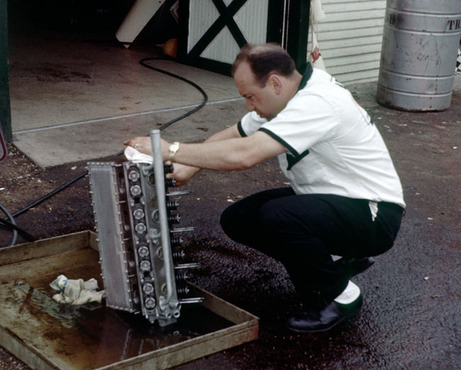

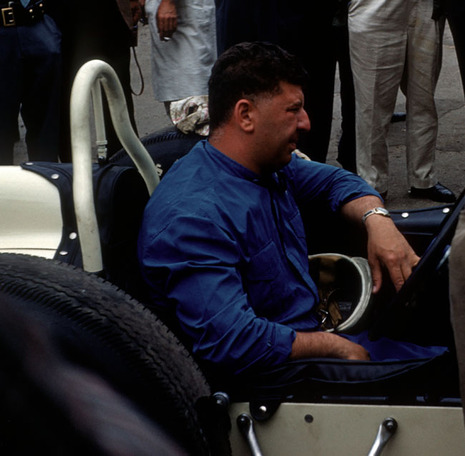
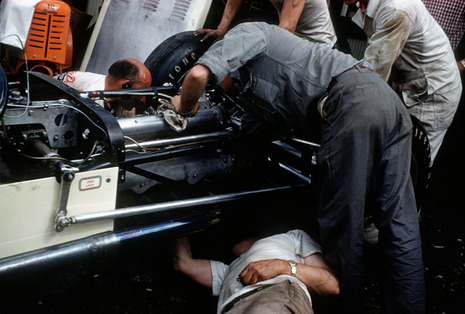
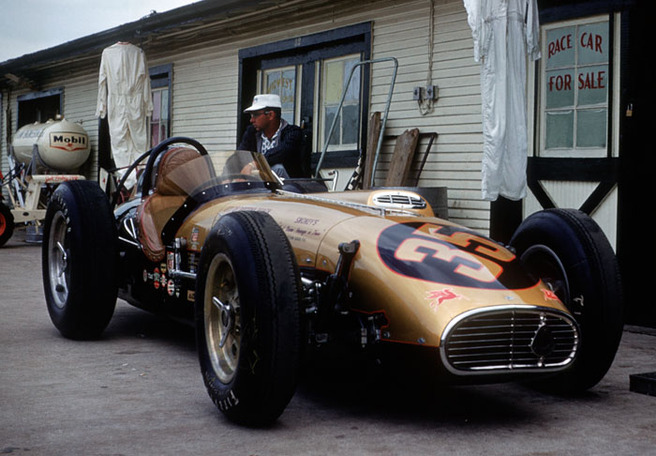
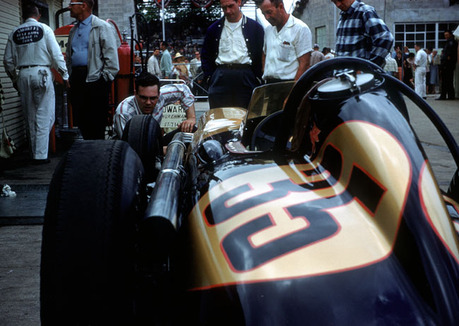
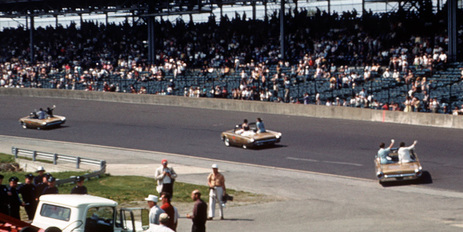
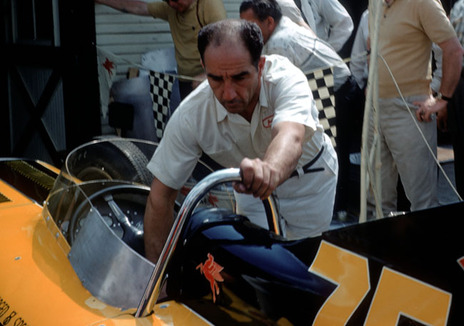
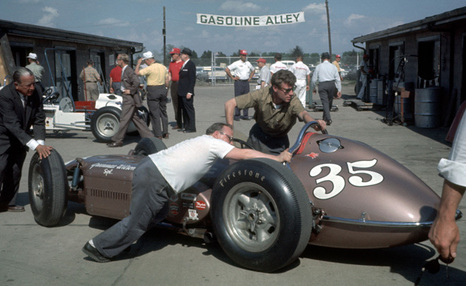
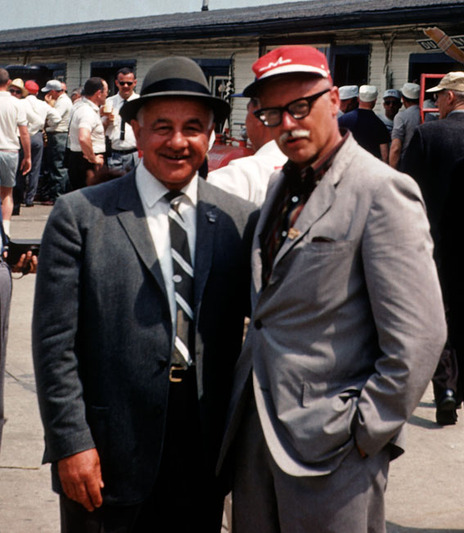
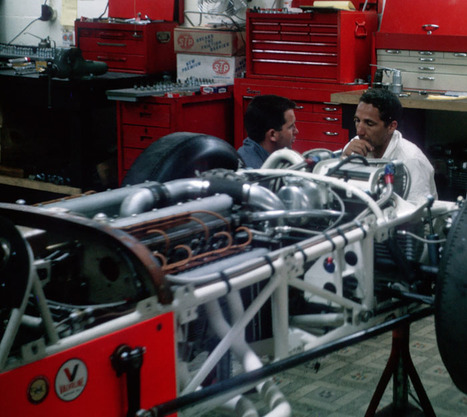
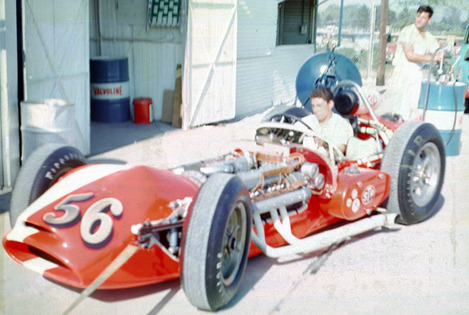
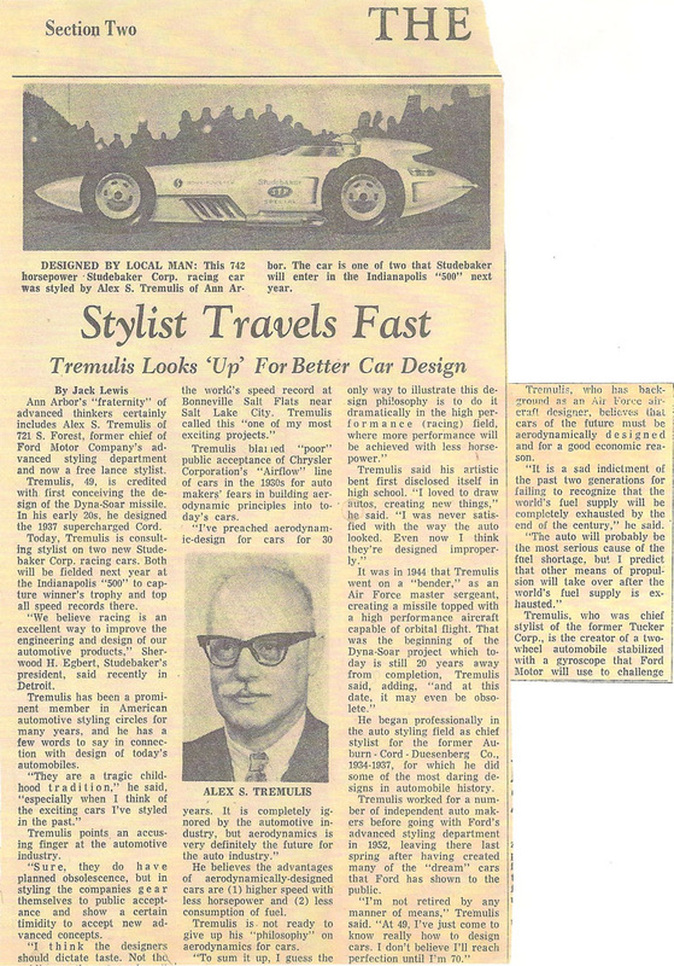
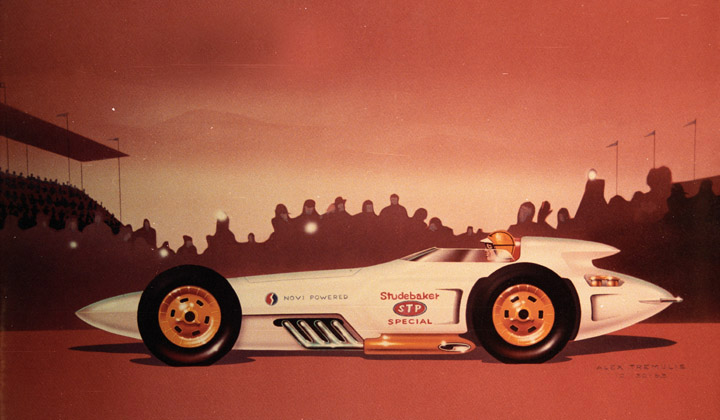
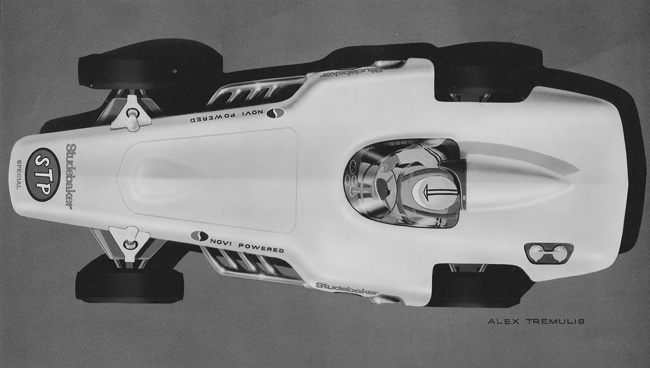
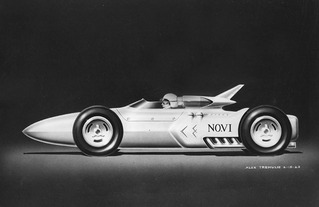
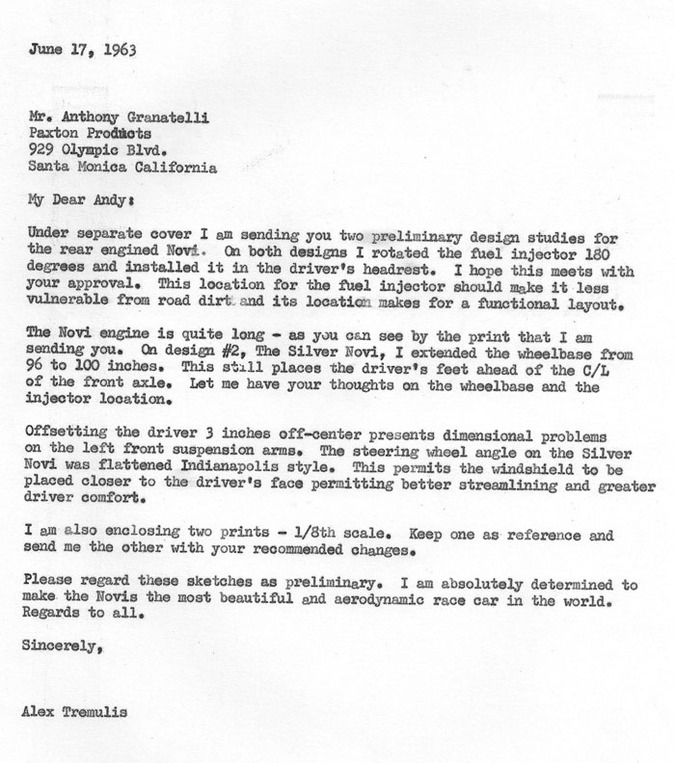
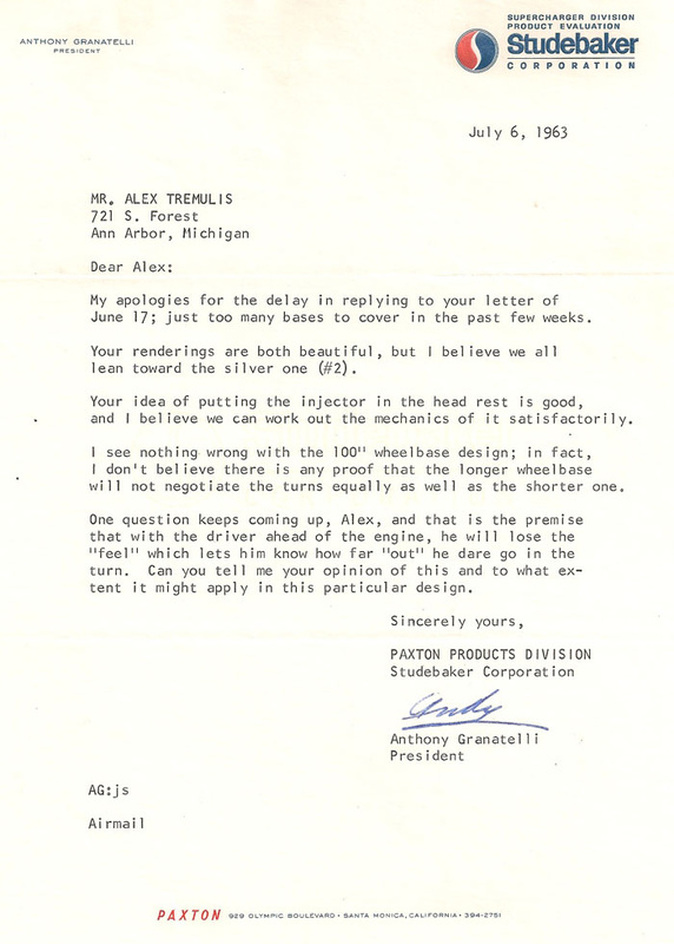
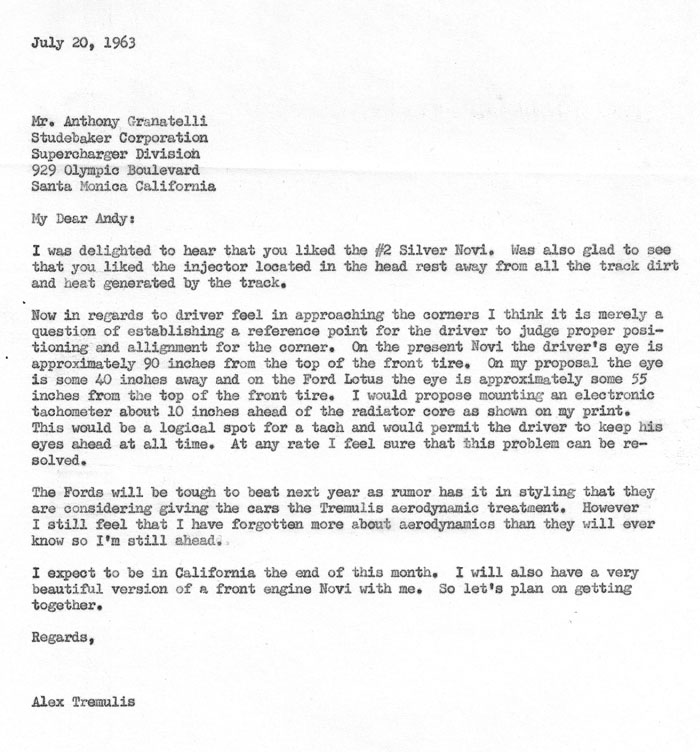
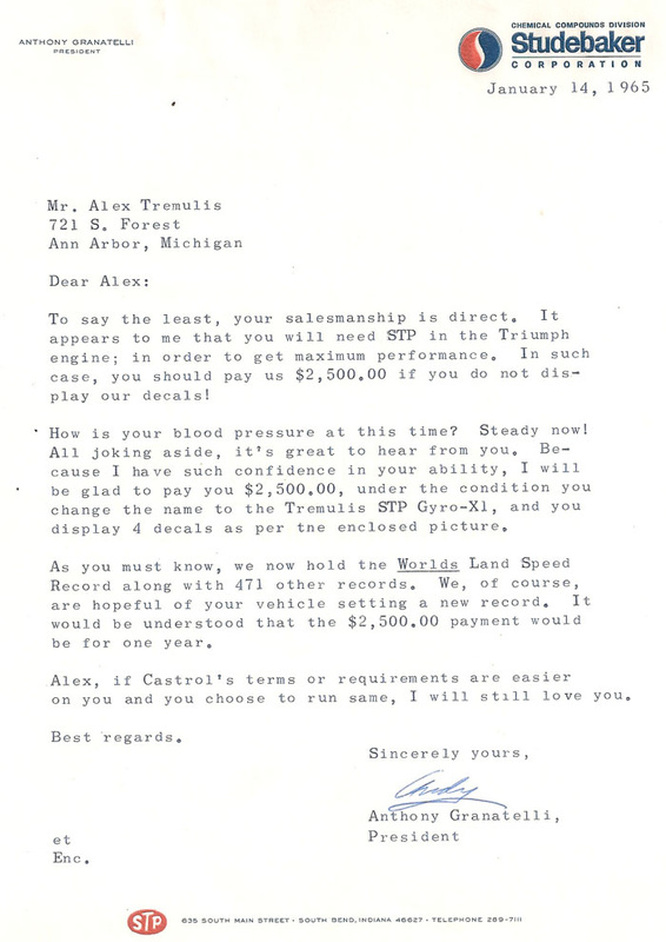
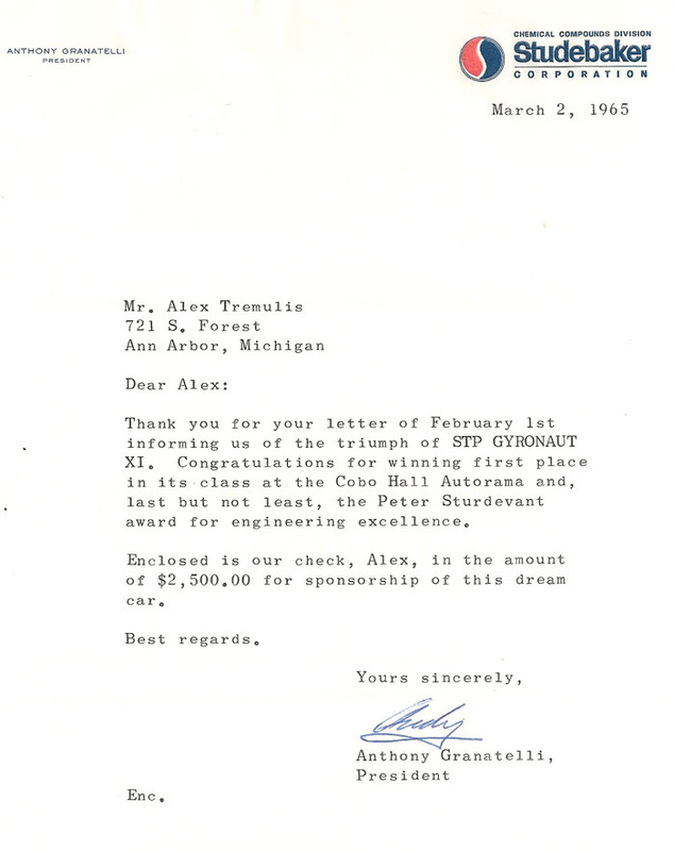
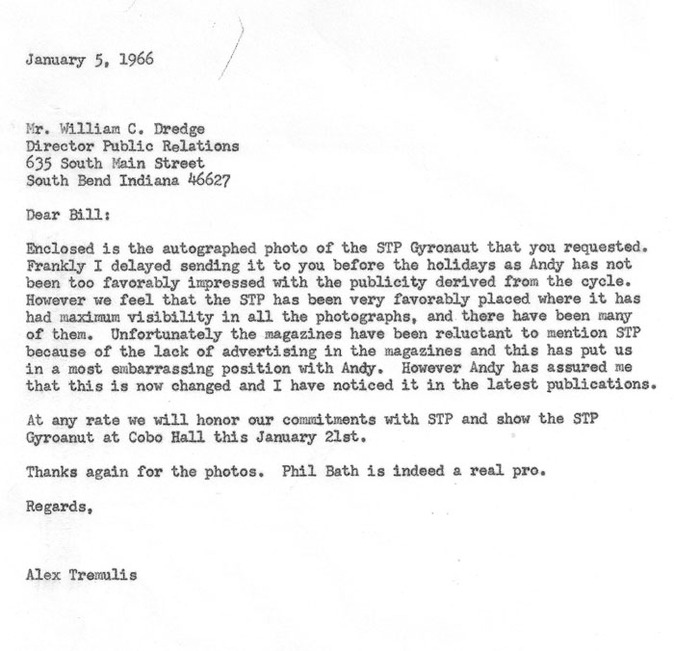

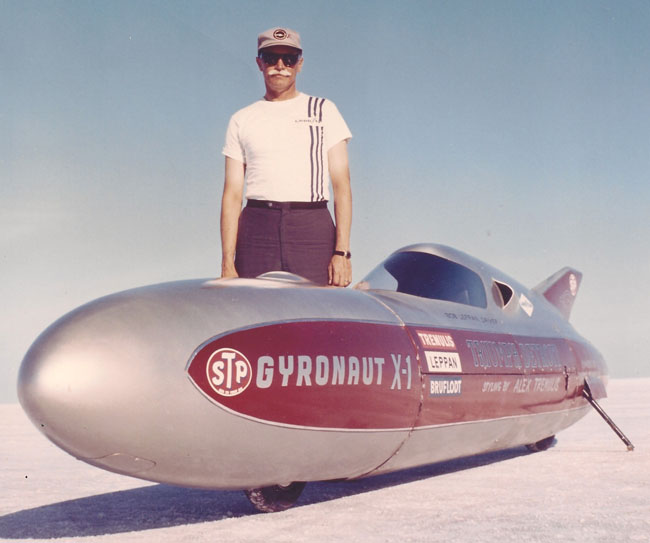
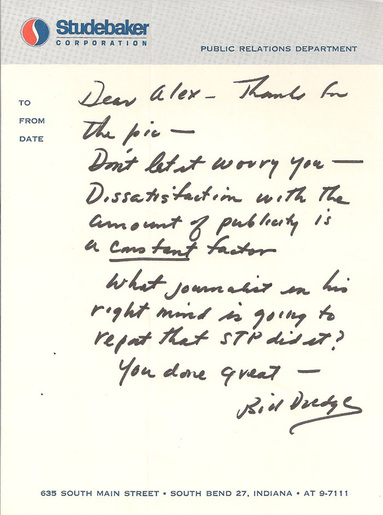
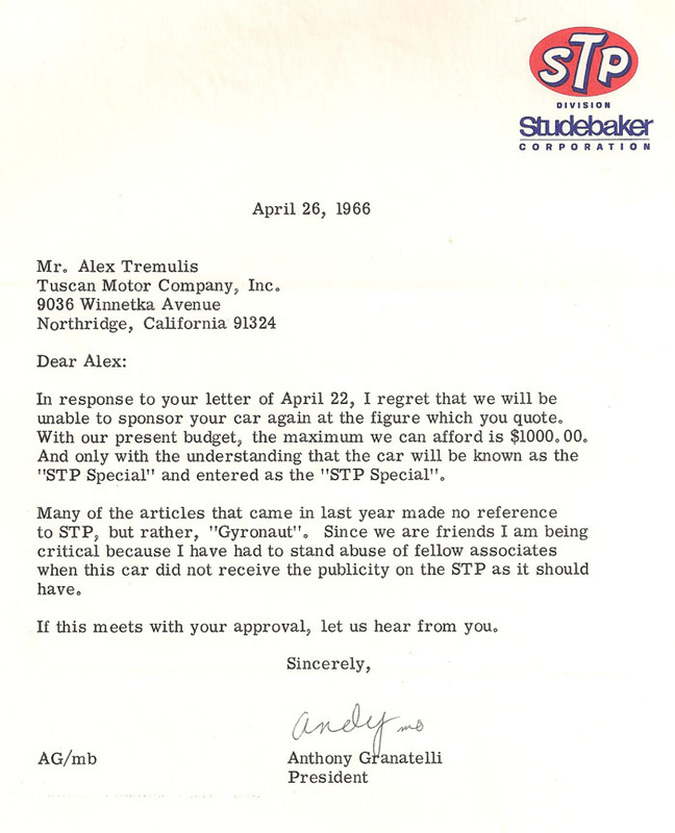
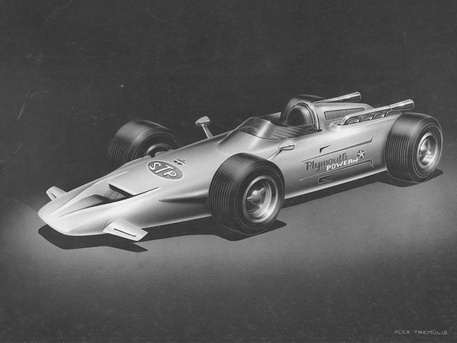
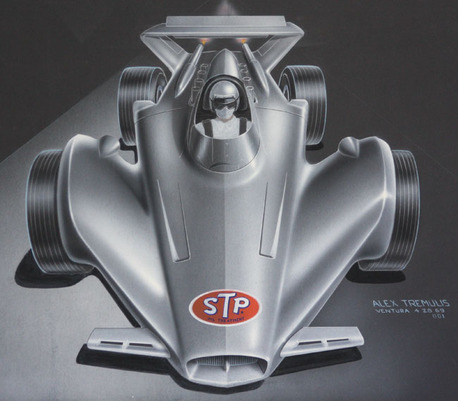
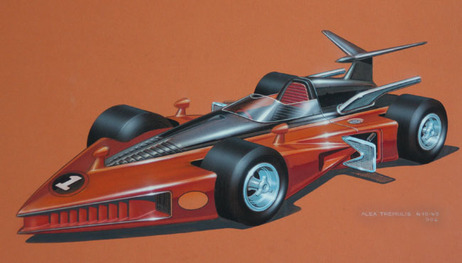
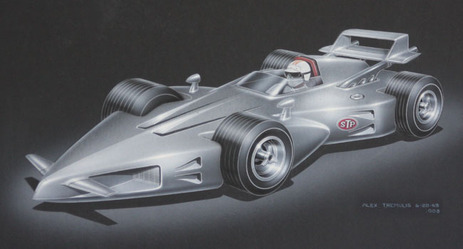
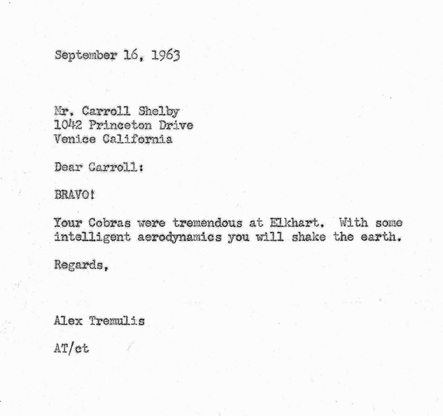
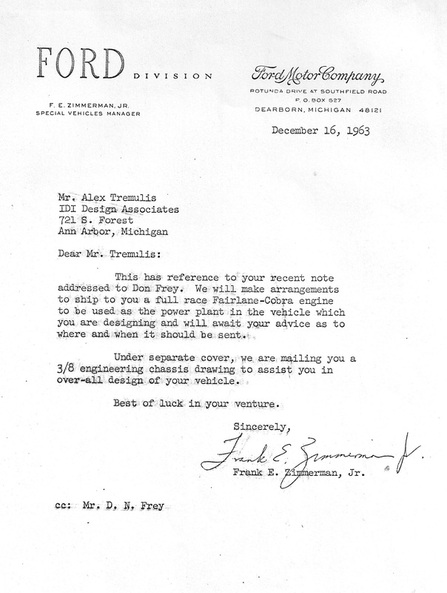
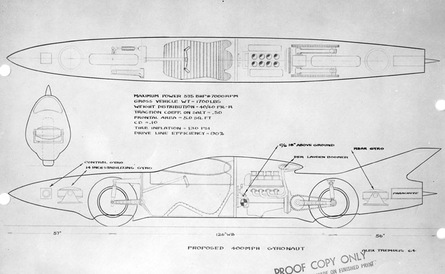
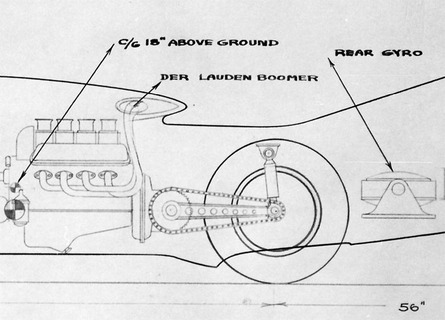
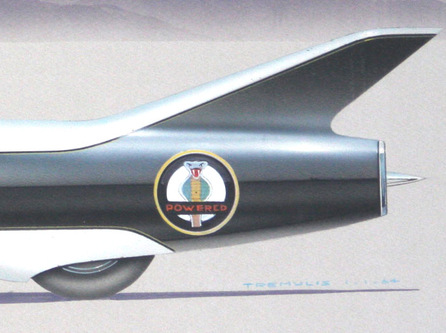
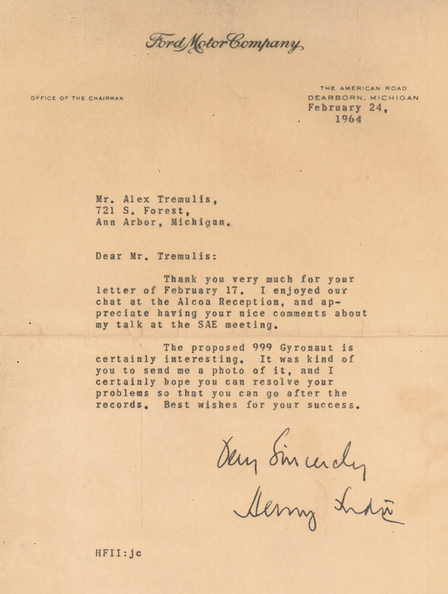
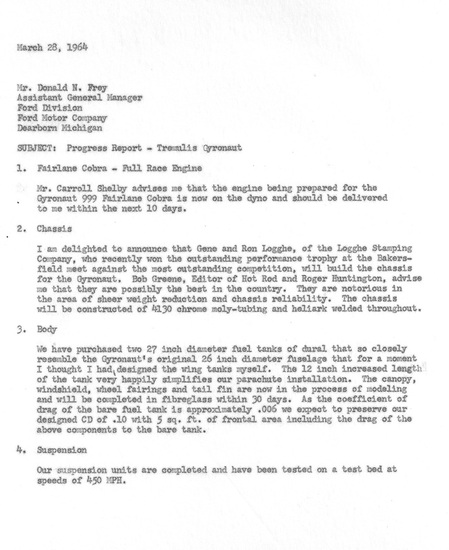
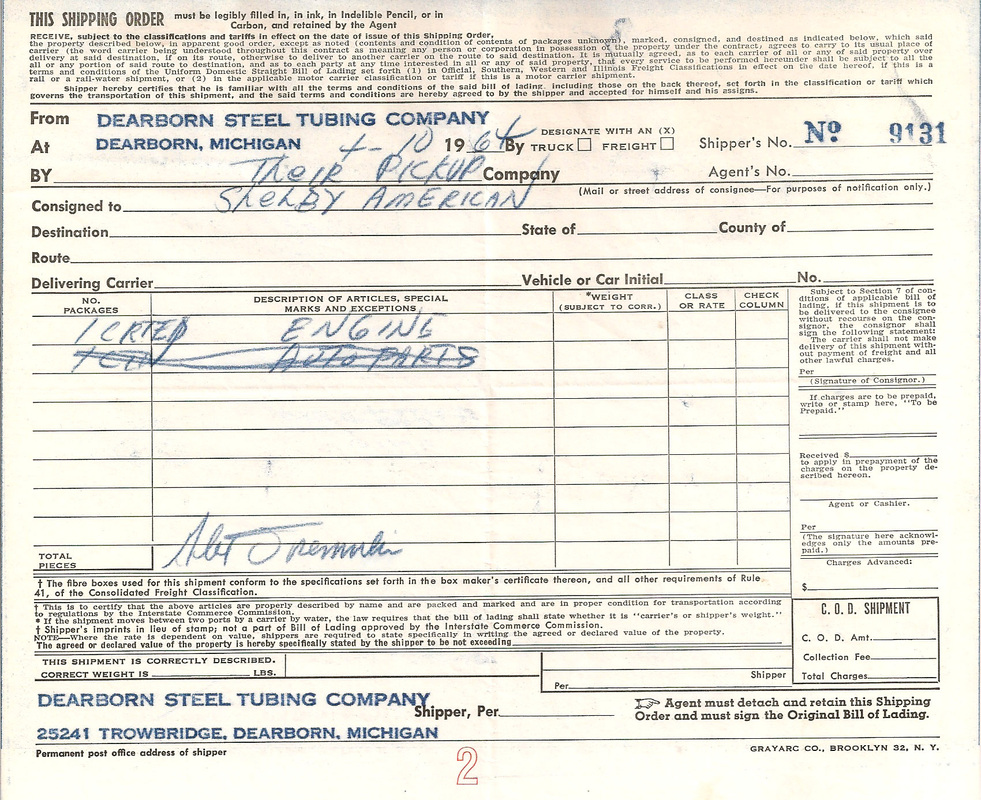
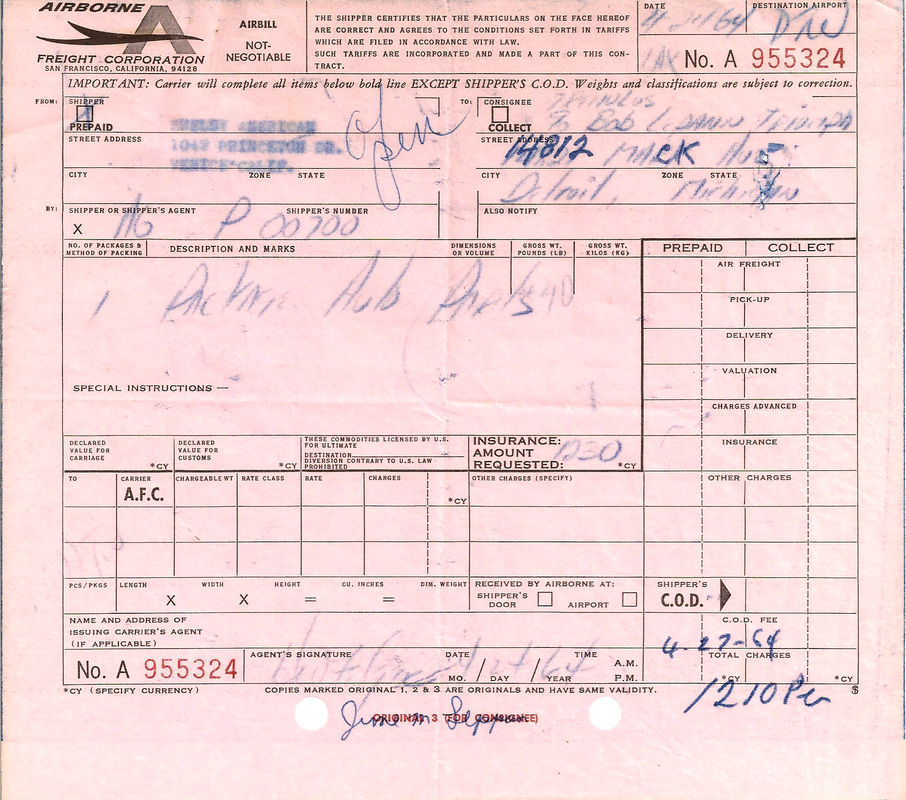
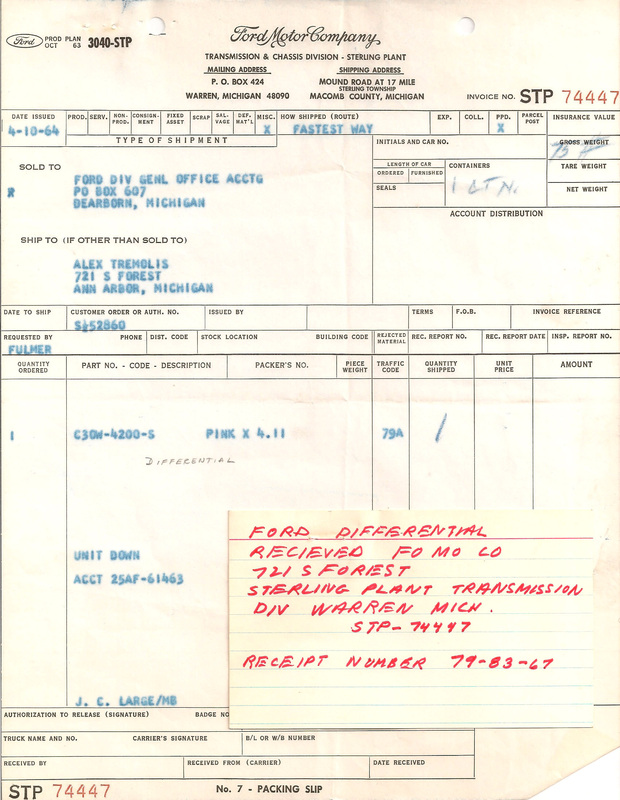
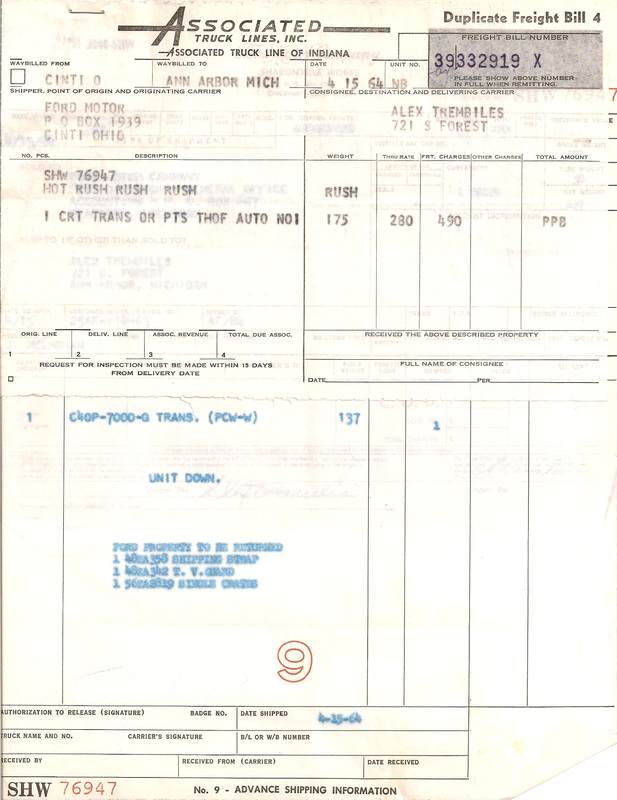
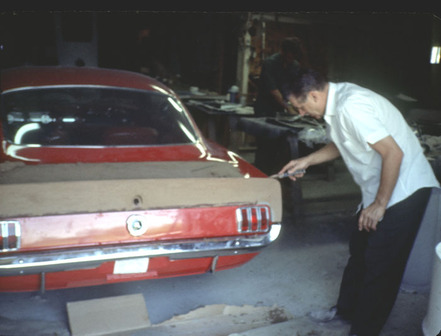
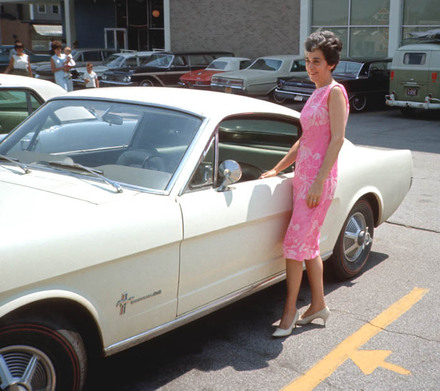
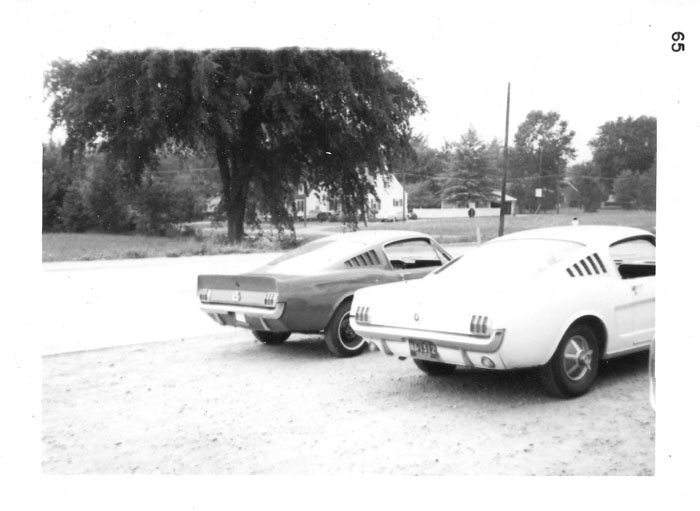
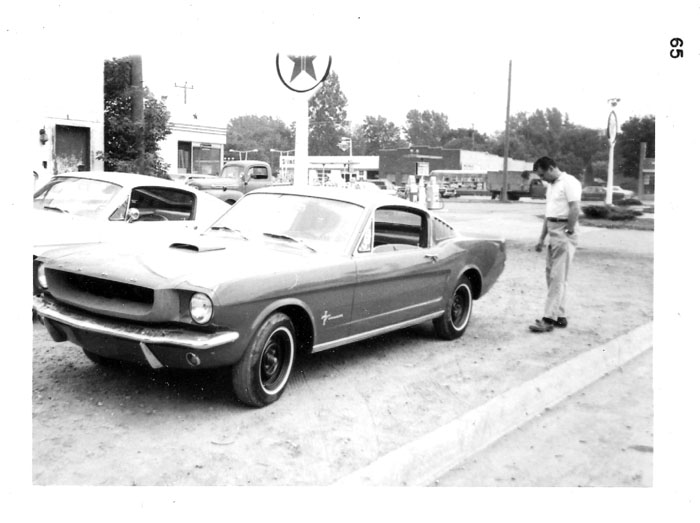
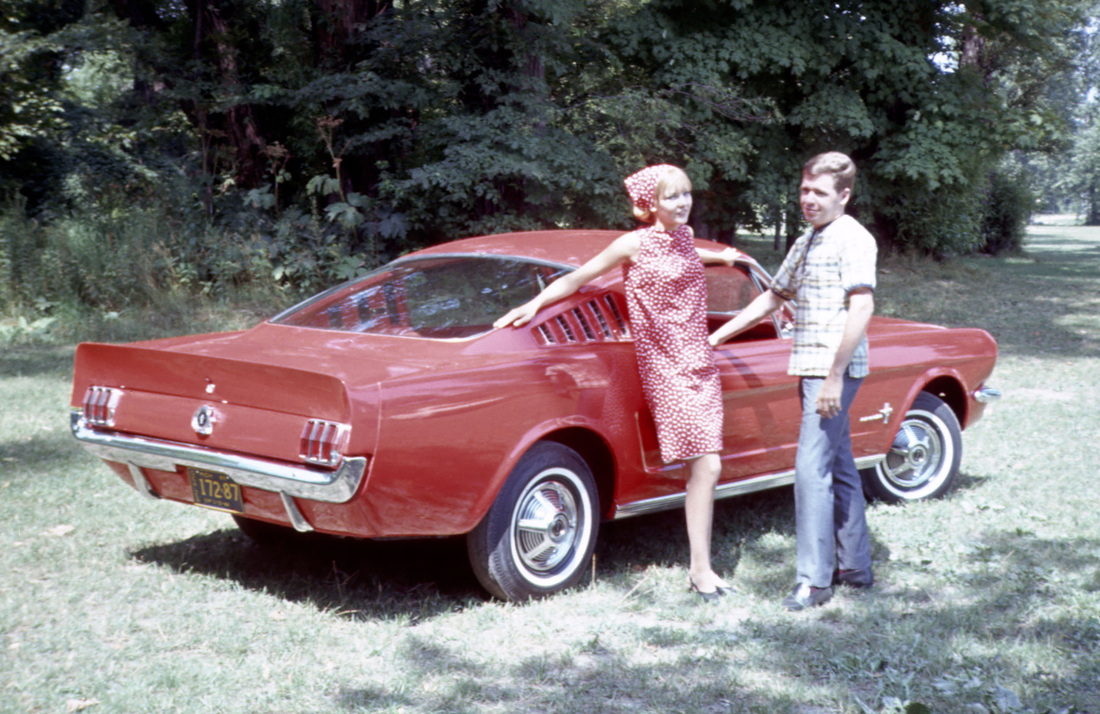
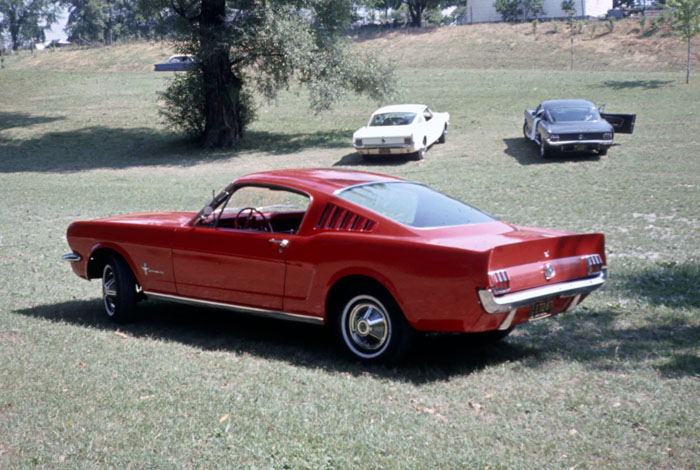
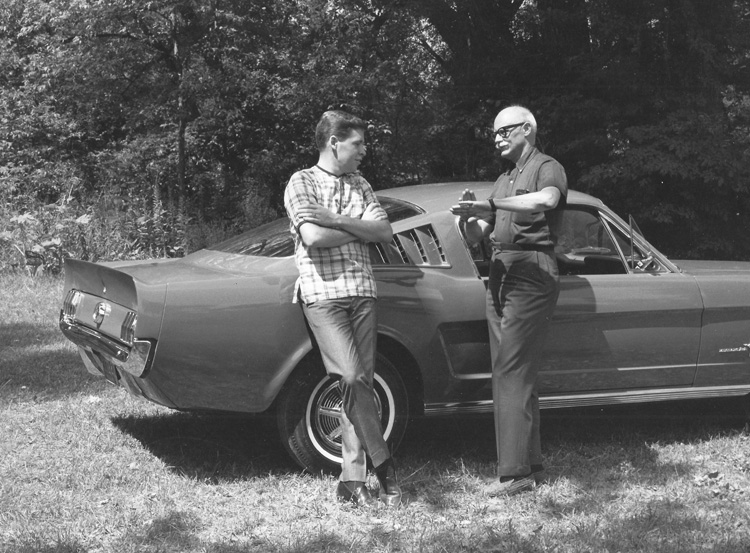
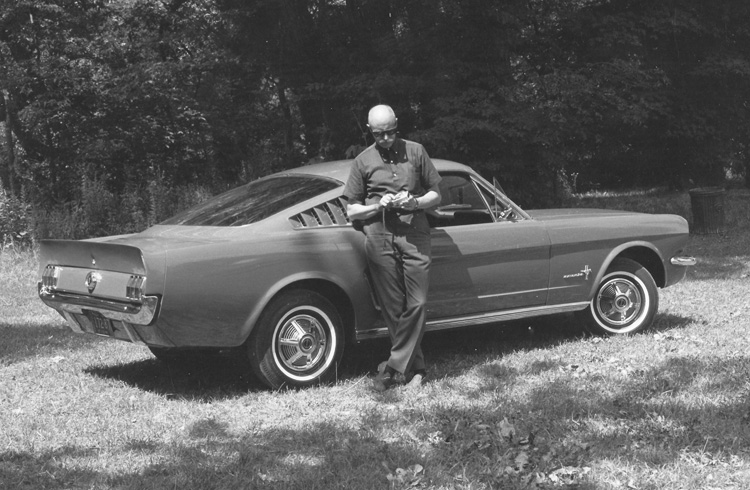
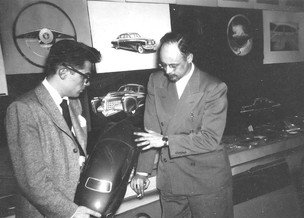
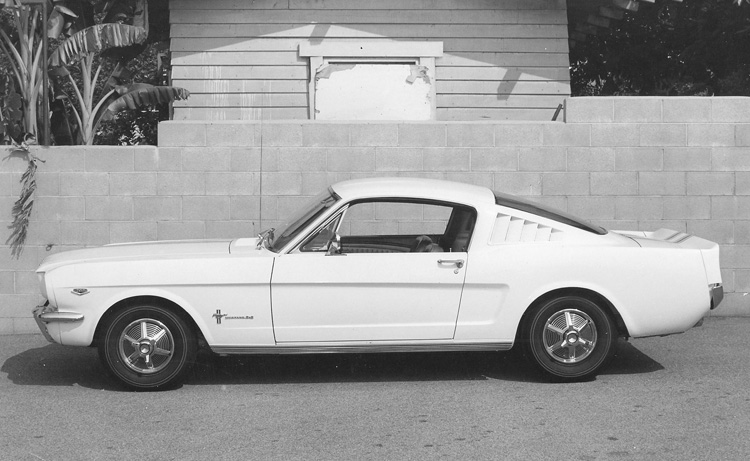
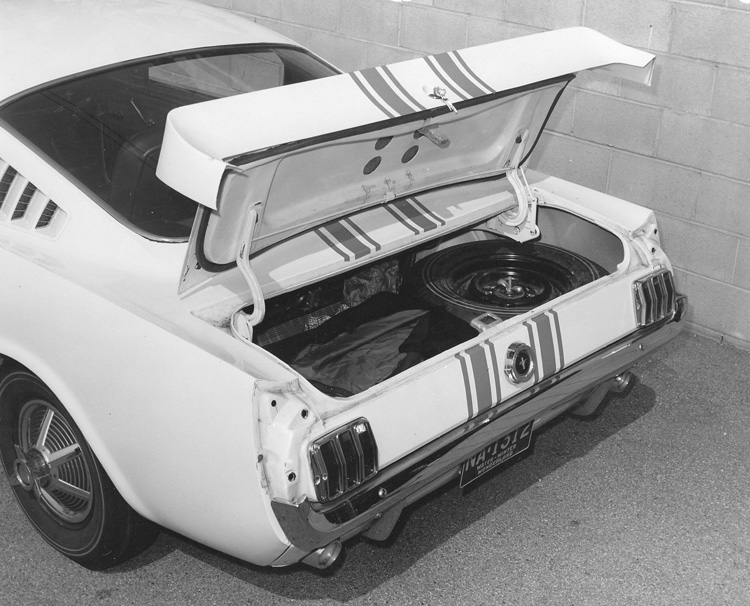
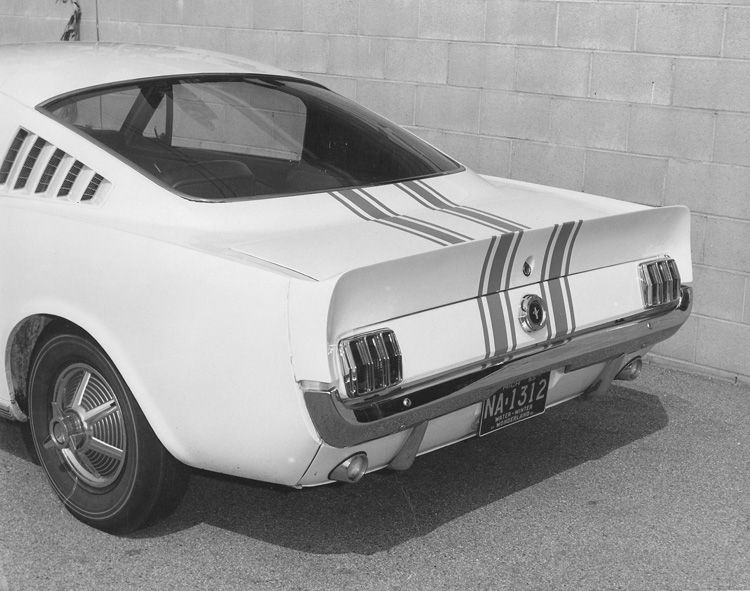
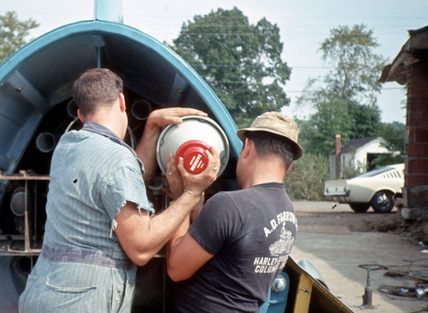

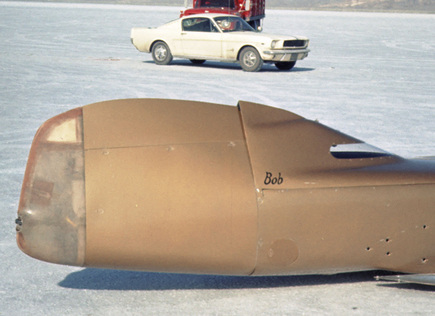
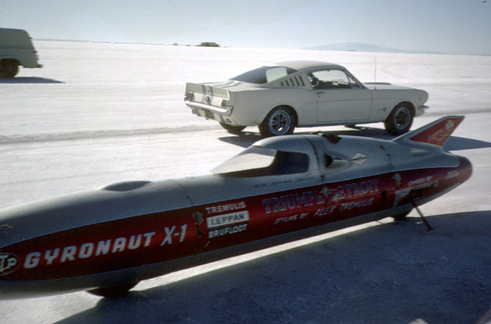
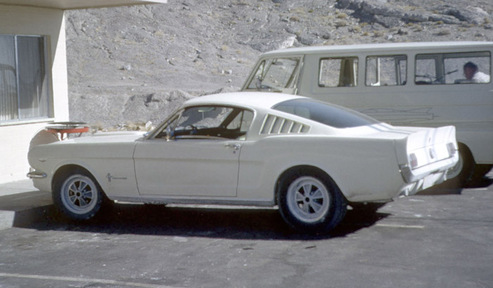
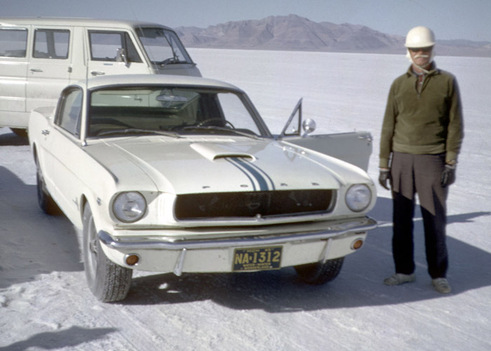
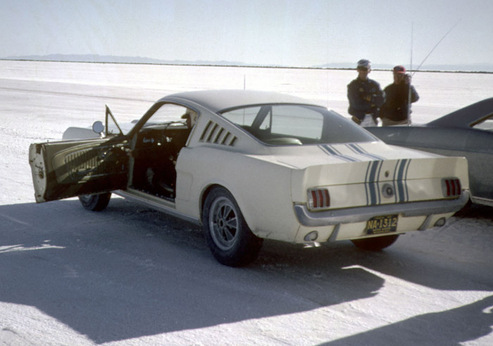
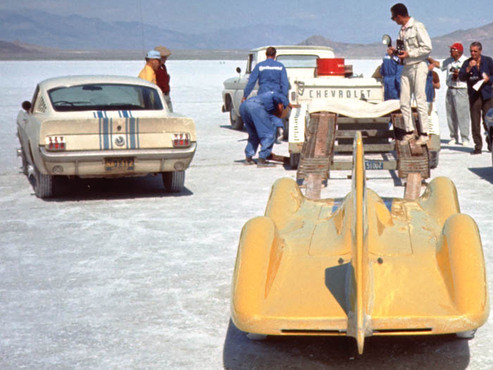
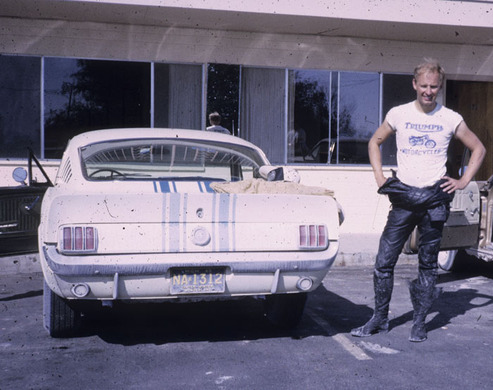


 RSS Feed
RSS Feed
